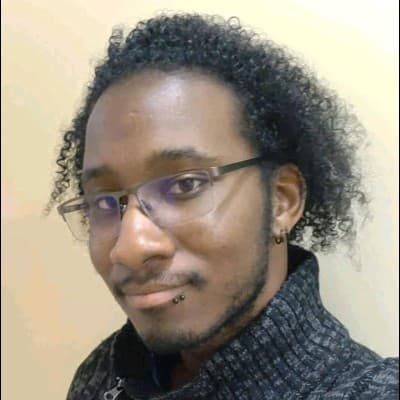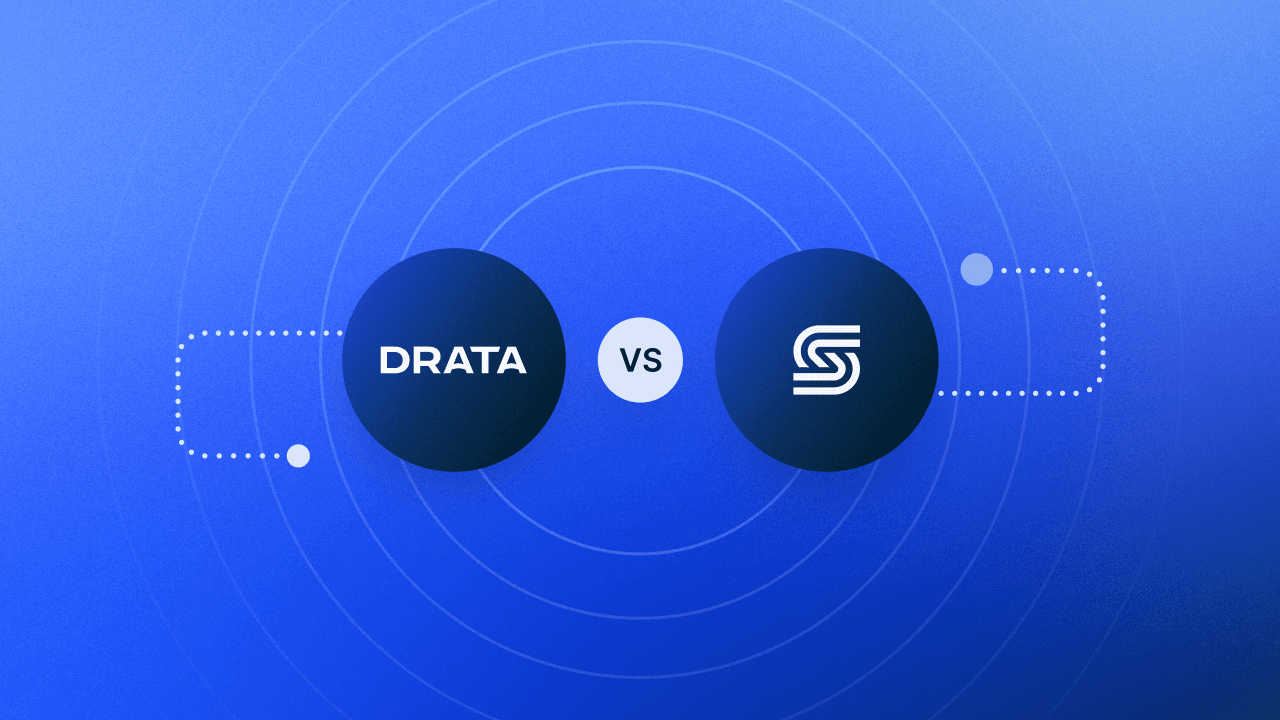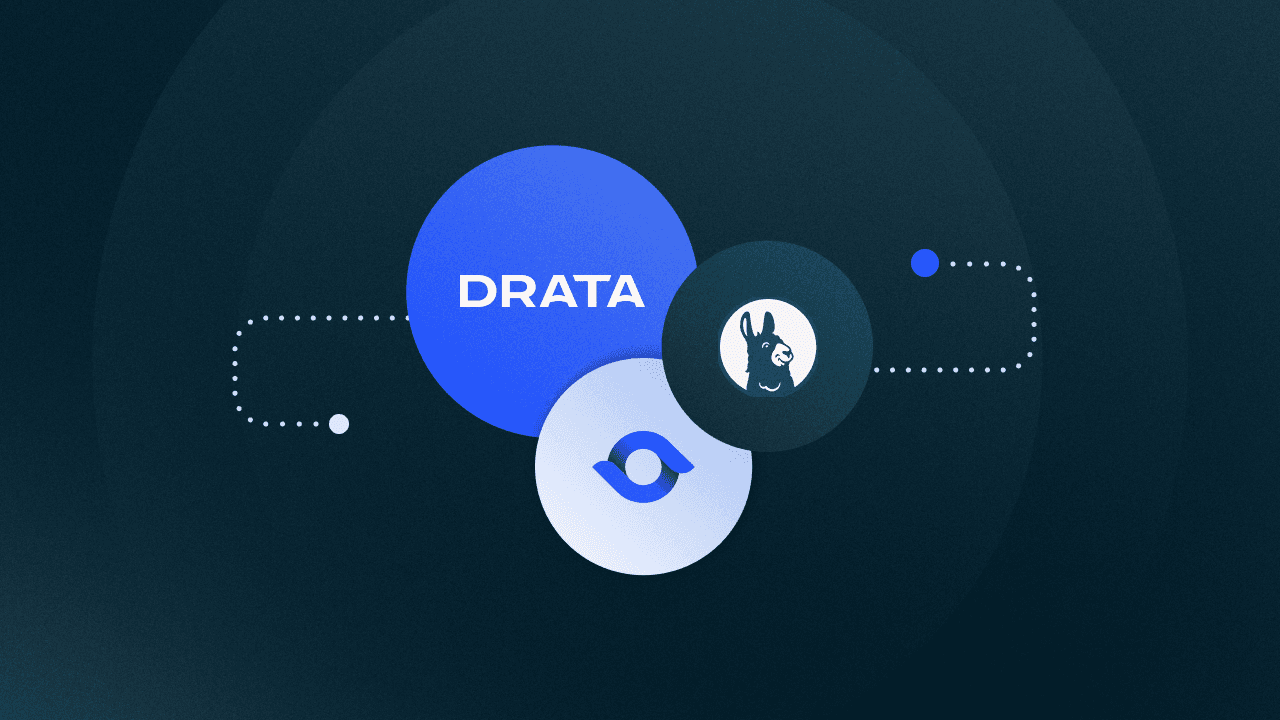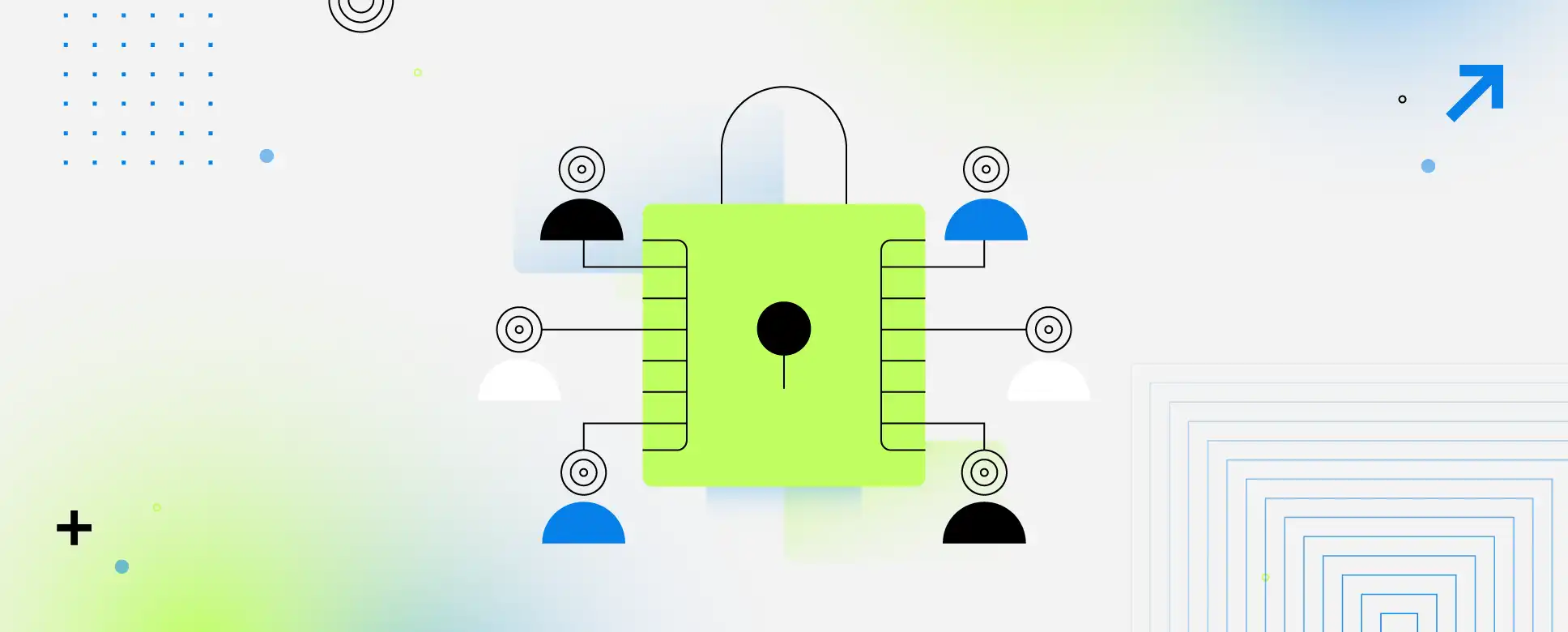5 Human Errors in Cybersecurity That Put Your Organization at Risk
If you understand common human cybersecurity mistakes, you can protect your organization. Here are five cybersecurity pitfalls you should know.
Everyone makes mistakes, but when it comes to cybersecurity, those mistakes can wreak havoc. According to Verizon’s 2022 Data Breaches Investigations Report, 82% of data breaches involved a human element. In other words, when you have processes and systems in place to help your employees implement better cybersecurity practices, you can help reduce your risk. Figuring out how to do this the right way can be a challenge. The good news is, if you understand the most common mistakes, you can take the necessary steps to protect your organization. In this post, we’ll share five places you can start to avoid cybersecurity pitfalls.
5 Common Human Cybersecurity Errors
To minimize employee errors, you must know why they happen and what strategies you can implement to reduce their frequency. Take a look at some of the most typical employee missteps and oversights.
1. Weak Passwords
Employees may use short or weak passwords because they are easier to remember, but this makes it simple for cybercriminals to gain access to sensitive company information. In a recent GoodFirms survey report, 30% of people reported password leaks and security breaches related to poor password practices and weak password setups. To protect your organization, enforce strong password policies and educate employees on best practices for password creation and management. You can also implement options like multi-factor authentication to add an extra layer of security or have your employees change their passwords on a regular basis.
2. Improper Handling of Company Devices
Employees may inadvertently expose data, even when it’s on a device your company owns. Something like leaving information unsecured or accidentally emailing it to the wrong recipient is enough to create a major cybersecurity issue for a company. This is especially concerning at a time when many companies still offer work-from-home and hybrid options for employees. Data from Proofpoint shows that 56% of people who have access to an employer-issued device allowed friends and family to use those devices. Even if the other users' intentions aren’t malicious, it still presents a threat. Give employees guidelines for handling sensitive information. Also, consider implementing policies for work devices and ensuring that they are only being used for tasks related to your business.
3. Unsecured Personal Devices Accessing Company Data
Your teams may also be using their own devices to get work done and access information. Do you know if they are taking the right precautions to secure these devices? If not, this can put data at risk. For example, more employees now use their phones or tablets to check in with their teams. Since 86% of IT managers say mobile attacks are growing, it’s more important than ever for employees to be cautious. If you have one in place, make sure your bring your own device (BYOD) policy requires employees to secure their personal devices before accessing company data. You may also provide employees with security software to help protect their devices.
4. Falling for Phishing Scams
It’s not uncommon to receive messages that appear to come from a trusted source but are actually from cybercriminals attempting to steal sensitive information. They are also not just showing up in employees’ inboxes anymore. One-third of IT professionals have experienced an increase in threats delivered via other communication platforms in recent years. These include video conferencing platforms, workforce messaging platforms, cloud-based file-sharing platforms, and even SMS. Employees should be trained to identify and avoid these scams. Make sure you stay up-to-date on the different phishing tactics and threats that they should be aware of. Also, consider adding spam filters to help block these types of attacks.
5. Ignoring Software Updates
Neglecting to install essential software updates and patches, leaves systems vulnerable. Cybercriminals can use vulnerabilities identified in older versions of software to deliver ransomware, and the costs of those attacks can’t be ignored. In 2021, there was a threefold increase in the proportion of organizations paying ransoms of $1 million or more. This threat isn’t only limited to older software, though. Employees also need to pay close attention to anything that’s newly installed or changed. Sometimes hackers or malicious actors spot a vulnerability right away, and software developers must act fast to prevent issues like zero-day attacks. Regularly updating and patching software is an essential part of maintaining strong cybersecurity. Your company can implement automated software updates and patching systems, and educate employees on the importance of regularly updating and patching software to mitigate risk.
Ready to strengthen your security posture?
Solid cybersecurity practices and focusing on a security-first culture creates a better business for employees, clients, and customers alike. But, you don’t have to struggle to put all the pieces into place on your own. The Drata team is here to help. Find out how you can build trust with your customers and scale securely with Drata. Book your demo now.
Put Security & Compliance on Autopilot®
Close more sales and build trust faster while eliminating hundreds of hours of manual work to maintain compliance.








